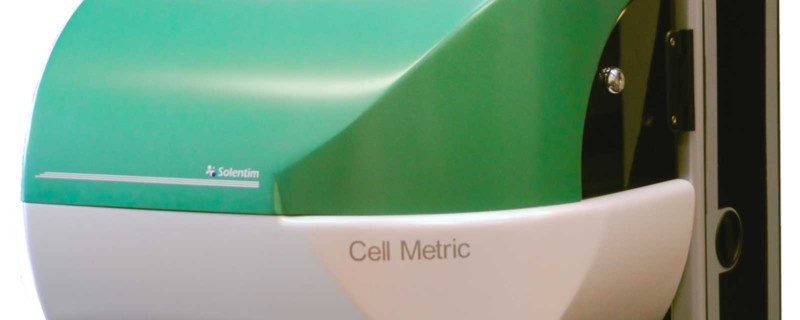
Reduce Cell Line Development Time by 30% and Simplify Proof of Clonality – A Case Study
Guest Blog by Andrea Gough, Product Manager, Solentim
Introduction
Cell line development for biomanufacturing is time consuming and typically the rate-limiting step is filing and IND submissions. Demonstrating clonality of the cell line is a critical part of the overall regulatory package. Even though 2 rounds of limiting dilution have been deemed acceptable in the past, new technologies have enabled proof of clonality to be demonstrated through captured images of the cells at various stages of the process, thus eliminating the need for a second round of limiting dilution. By eliminating the second round of limiting dilution, companies are able to significantly reduce their timelines, whilst meeting regulatory requirements early in the new drug development process.
Biotherapeutics company, SystImmune, presented their innovative approach to Cell Line Development at the Cell Line Development & Engineering Conference held by IBC in San Francisco in June.
SystImmune’s Approach to Cell Line Development
Camilla Wang, Cell Line Development Scientist at SystImmune Inc., Bellevue (WA) gave a captivating talk on her ‘one woman’ cell line development process. Camilla started her talk by giving an introduction to SystImmune and the company’s focus on the discovery of multi-specific antibodies for immune-oncology using their own antibody discovery platform. SystImmune, founded in 2014, is the US subsidiary of BioKin Pharma (China) and comprised of approximately 20 scientific staff. Camilla is the sole scientist in the setup and execution of the company’s cell line development process.
Camilla outlined their Cell Line Development (CLD) objective, which is to generate a single cell clone with maximal expression level of a candidate bi-specific antibody, all with limited human resource and automation. Fortunately for Camilla, Systimmune had invested in the Cell Metric CLD imager (Solentim) for her clone screening and documentation needs which she explained supported the CLD workflow and regulatory demands.
Camilla summarized their approach to cell line development; their expression platform is modified CHOZN ZFN, which they screen and select the top ‘minipools’; these are then seeded via limiting dilution and they monitor the outgrowth and verify the clonality of the clones using the Cell Metric; they then screen and select their lead single cell clones.
As with many other labs working on CLD, it is fraught with multiple challenges from managing and streamlining the complex multistep process, to the need to demonstrate clonality in support of regulatory filings. The latter point being a very high profile topic since Dr Sarah Kennett’s (of USFDA) presentation in January 2014; Establishing Clonal Cell Lines – A Regulatory Perspective.
Camilla went on to explain how, historically, two rounds of limiting dilution was deemed sufficient statistical evidence that there is a high probability of producing a clonal cell line however it is a lengthy procedure and observing one final colony, following limiting dilution and growth, doesn’t guarantee a single cell clone. Also, whilst the limiting dilution method often follows the Poisson distribution in terms of calculating the probability of getting a single cell per well, in reality, this estimation doesn’t take into account the fact that cloning efficiency is impacted by numerous other factors such as the choice of host cell, cell behaviours, cell stickiness, environment and so on. Camilla also went on to point out that CLD labs could be aided tremendously if the FDA provided more clearly defined IND submission criteria.
In order to tackle these challenges for providing proof of clonality, Camilla described their use of the Cell Metric within their CLD workflow and displayed some example images of clonal and non-clonally derived cell populations. As documentation of monoclonality from Day 0 was a key point for Camilla, she went on to emphasise how the Cell Metric’s software capabilities have been used to generate Clonality Reports. Again, Camilla presented some nice example reports that displayed whole well images with how clones of interest can be highlighted within the well, along with any highlighted debris present in the well to show that over the time course the debris is easily eliminated as it has remained the same. These reports can be easy exported in Powerpoint or PDF format for distribution.